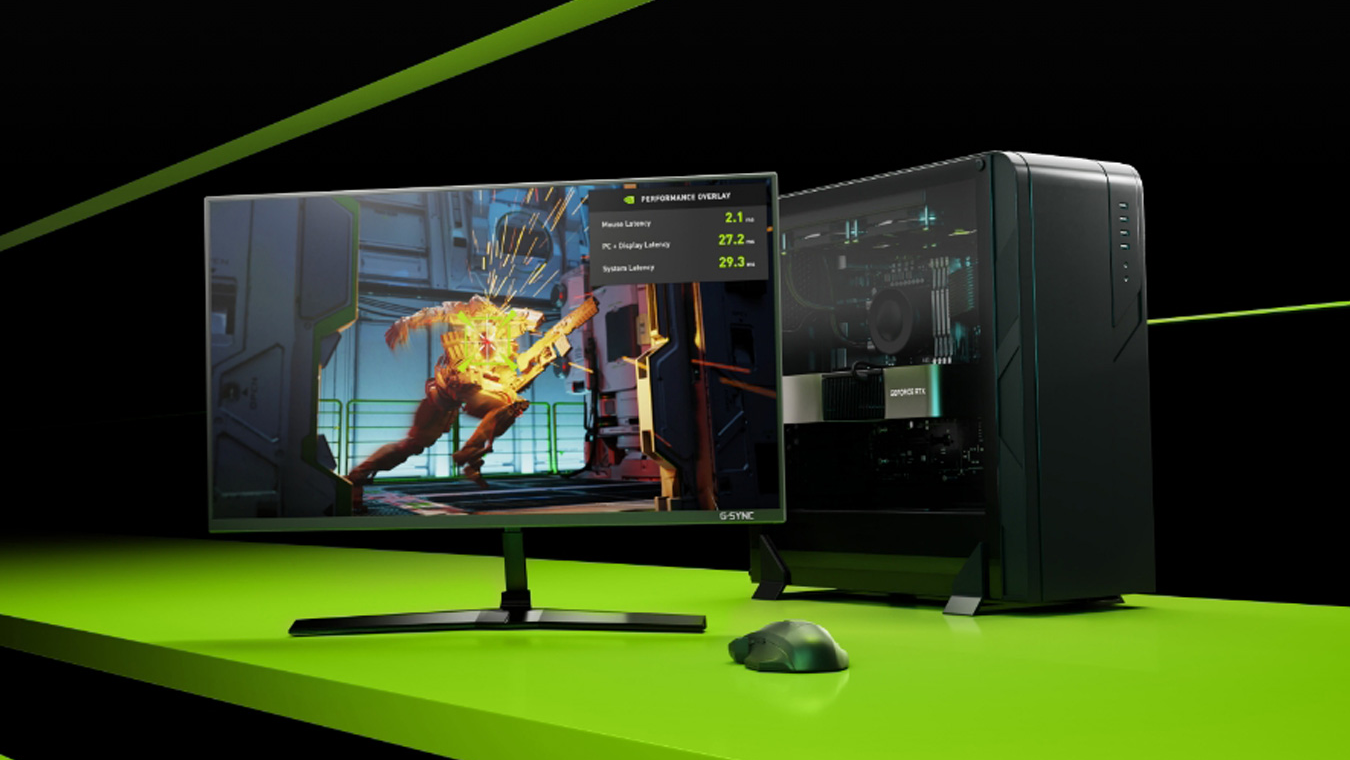Understanding and Measuring PC Latency

Understanding and Measuring PC Latency
- End-to-end system latency is the sum of various latencies in the pipeline.
- PCL Stats can measure per-frame PCL autonomously without external devices or interventions.
- Integrating PC Latency Stats into the game through the NVIDIA Reflex SDK or Unreal Engine plugin can measure the critical portion of the system latency pipeline.
- FrameView can track each frame through the different stages of the gaming pipeline using the frame IDs in the PCL Stats ETW events.
- PC Latency is the summation of the average input-to-frame-start (I2FS) latency, frame-start-to-present (FS2P) latency, and present-to-displayed (P2D) latency.
- I2FS latency is the time between the ETW event and the marker of the next frame tagged with the marker.
- FS2P latency is the time between the marker and the call representing the time it takes for the CPU to process inputs or changes to the world and submit a new frame to be rendered.
- PCL Stats can handle frame drops in windowed mode by tagging the marker to a dropped frame, extending the input-to-frame-start latency to incorporate the time between the marker of the tagged frame and the next frame that is not dropped.
- Reducing system latency is critical for the smoothest gaming experience.
Conclusion
PCL Stats provides a comprehensive solution to accurately track, measure, and improve the latency within the rendering pipeline, enabling smoother gameplay. With an understanding of the different latency components and how PCL Stats handles frame drops, game developers can optimize their games to provide the best possible gaming experience.